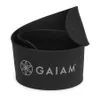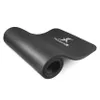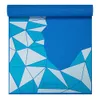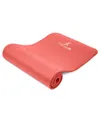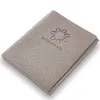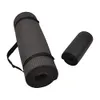Should you sync your workouts to your menstrual cycle? Here's what the experts say about cycle syncing
Learn how to sync your workouts to your menstrual cycle, backed by the experts in women's health.

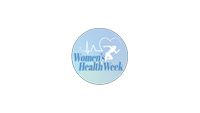
Cycle syncing, or exercise cycling, refers to syncing the four stages of your monthly cycle to your workout routine. The idea is to optimize the natural rhythms and fluctuations in your mood, hormones, energy levels and even strength, to best suit your schedule. Genius.
This article is part of Tom's Guide's Women's Health Week — a series of content that explores how technology and the right workouts can support and empower women through every phase of life.
A while back, the England women’s soccer team — the Lionesses — changed to dark blue shorts during play. The design also included a leak protection liner so women could focus on their game, not their menstrual cycle.
As a female, I had mixed emotions about it: proud that women were finally being listened to and supported, and sad that we still sometimes compromise in sport because of our periods.
In daily life, the menstrual cycle plays a pivotal role in women’s health, and I think I can speak for most women when I say that our cycle impacts exercise and how accessible movement feels, whether that means avoiding the swimming pool or feeling too low energy to hit the weights room.
I wanted to speak with experts to see how cycle syncing works and why many women are now optimizing their workout schedule to suit their cycles. Here’s everything you need to know, the benefits and how to get started.
What is cycle syncing?
As mentioned, cycle syncing refers to syncing your workout schedule with your entire cycle, not just your period, to tap into the natural changes and fluctuations in your mind and body throughout the month. It’s the hack that could improve exercise performance, keep you active and help you hit fitness goals.
We know movement is one of the best ways to help reduce period pain and boost mood during your period. But there are actually four stages of your cycle, meaning your whole month could be impacted by your hormones. Aren’t we lucky?
Get instant access to breaking news, the hottest reviews, great deals and helpful tips.
Whether you’re a pro with tracking your periods or not, cycle syncing might help you plan workouts better to give you the best results for mind and body.
“As a female coach working with hundreds of women across all stages of life, I always say: your cycle isn’t something to work against, it’s one of your biggest assets. But to use it, you have to understand it first,” explains Vero Vegas, a holistic health coach and longevity expert.
Vegas believes you should cycle sync, but not “in a rigid, dogmatic way.”
“It’s about learning, being aware, how you feel,” she says. “Our bodies are cyclical by nature. Some days, we’re powerhouses. Other days, we need more Yin. Syncing your training plan to your cycle is about honoring those shifts, not fighting them.”
Vegas also tells us that hormones fluctuate more toward your 30s, 40s and beyond, so cycle syncing should change with your body. “Women in perimenopause often feel like the rhythm is gone, but that’s where structure with flexibility becomes vital. That’s why I integrate strength, mobility and mindset in my programs to support women across the whole hormonal journey, not just a single phase.”
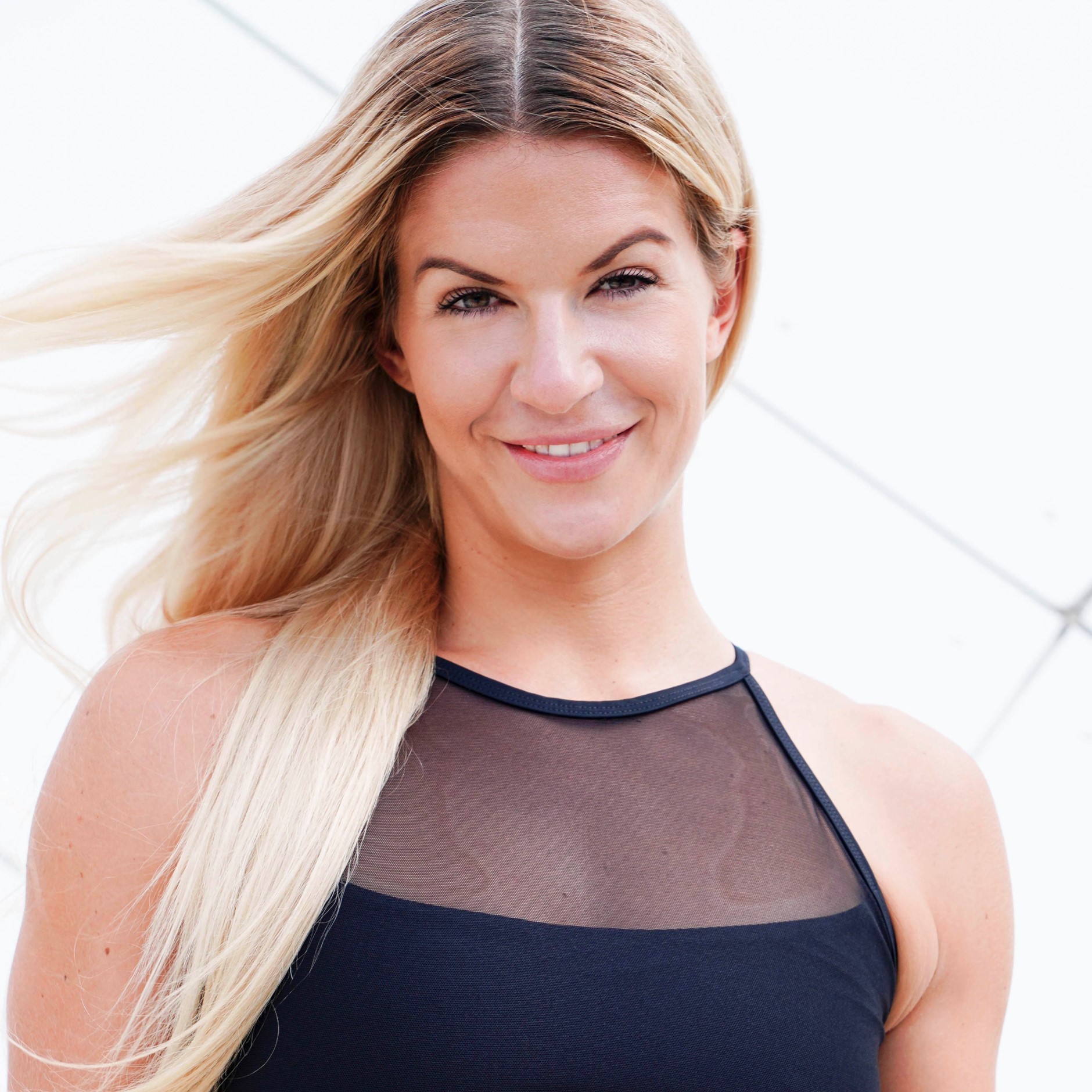
Vero Vegas is a certified holistic health coach and longevity expert, known for empowering women through science-based strength training, functional movement and mindset work.
Founder of the StrongHer programs and the Vero Vegas Lifestyle Turnover, she helps women over 30 reclaim energy, mobility and muscle for a strong, resilient body that lasts a lifetime.
Vero is also a speaker, podcast host and passionate advocate for cycle-aware training.
She is also a trainer with TRX who has just launched the Digital Pilates Workshop.
What are the four stages of the menstrual cycle?
Although every woman’s cycle looks a little different, there’s a blueprint for the menstrual cycle:
Menstruation (days 1–5)
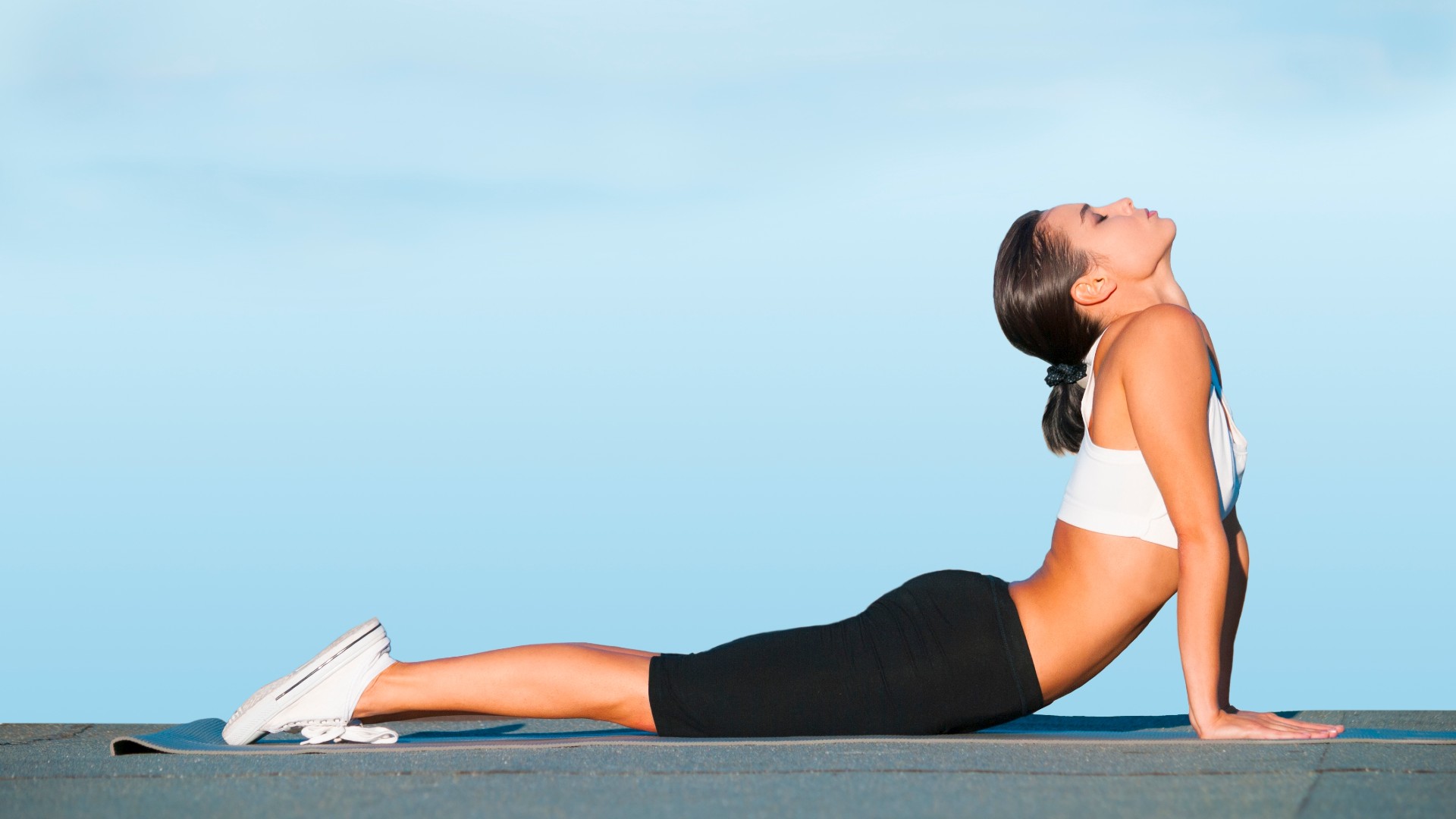
This is the first day of your period, which can be coupled with low energy levels, cramping and typical PMS symptoms. Estrogen and progesterone levels are low, and you could feel bloated and pain sensitive.
There’s no singular type of exercise you should do, but light aerobic exercise and yoga flow could help combat some symptoms. Vegas recommends gentle movement — walks, mobility and stretching routines and breathwork. “Some of my clients love mobility and core sessions… It's less about burning calories and more about staying connected.”
Hormone expert Dr. Fiona MacRae, a specialist in integrative women’s health and hormone health for the Marion Gluck Clinic, tells us, “These (types of) exercises improve circulation and release endorphins, which may help lift mood without overexertion.” She recommends light walking as little as 20 to 30 minutes and considers warm baths, deep breathing and relaxing activities.
That said, some research suggests fluctuations in female hormones during the menstrual cycle may not affect muscle contractile characteristics or VO2 max. If you enjoy strength-specific sports or anaerobic and aerobic exercise, you may continue without a problem. Personally, I find I can still lift weights during menstruation, but I won't go for any PBs in the gym.

The Marion Gluck Clinic is the UK's leading medical clinic that pioneered the use of bioidentical hormones to treat menopause, perimenopause and other hormone-related issues.
Founded by Dr. Marion Gluck, the clinic uses her method of bioidentical hormonal treatment to rebalance hormones to improve wellbeing, quality of life and to slow down aging.
Follicular phase (days 6–11)
“You’re coming back online,” says Vegas. “Energy picks up. This is a great window for progressive TRX, strength training, or cardio bursts. I call this your ‘StrongHer window.'”
This phase runs from the end of menstruation until ovulation. Estrogen levels rise steadily, as do mood, endurance and energy. Personally, I like to use this time to engage in high-intensity CrossFit classes, but you may prefer running, spinning, or other resistance training.
Those days leading into ovulation can be a great time to put in the extra work and you may feel naturally energized. One study into follicular versus luteal phase-based strength training found higher increases in muscle strength in the follicular stage compared with luteal, so why not shoot for the personal best you’ve been eyeing up?
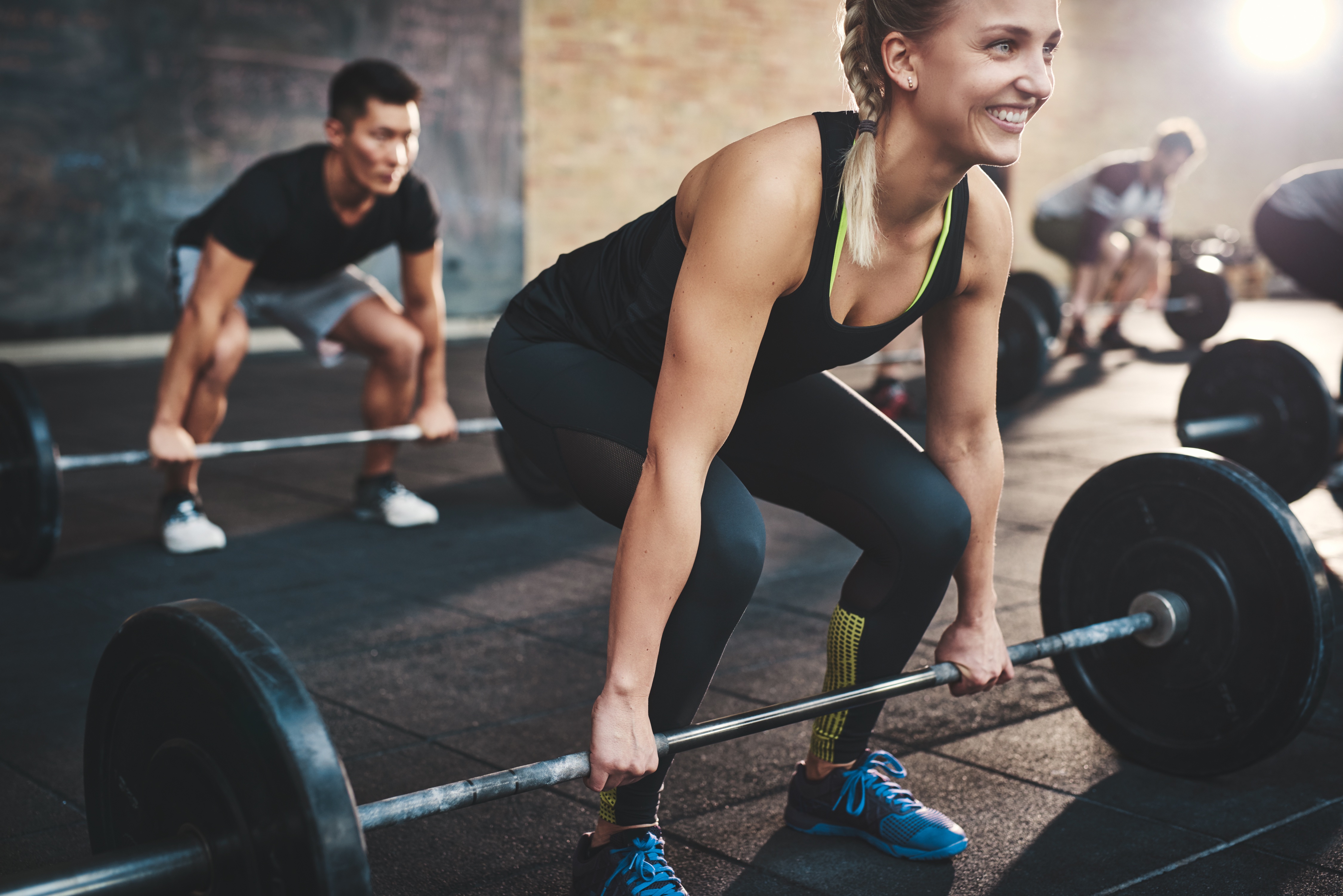
“With that hormonal boost, many women experience increasing energy, a brighter mood and a sharper mental focus,” says MacRae. “They might feel more motivated and confident. As estrogen climbs, it often brings 'happier' feelings and more get-up-and-go. This high-energy part of the cycle is an ideal time to ramp up activity and undertake more intense exercise.”
According to MacRae, the late-follicular phase is the best time for HIIT; training feels easier and recovery is faster. “Rising estrogen not only increases energy but may also aid muscle recovery and growth.
Focus on strength training and muscle-building workouts…It may be possible to increase a lifting weight or do more reps in this phase, as it’s easier to build and maintain muscle when estrogen is higher and the body is not under progesterone’s influence.”
Ovulation (days 12–14)
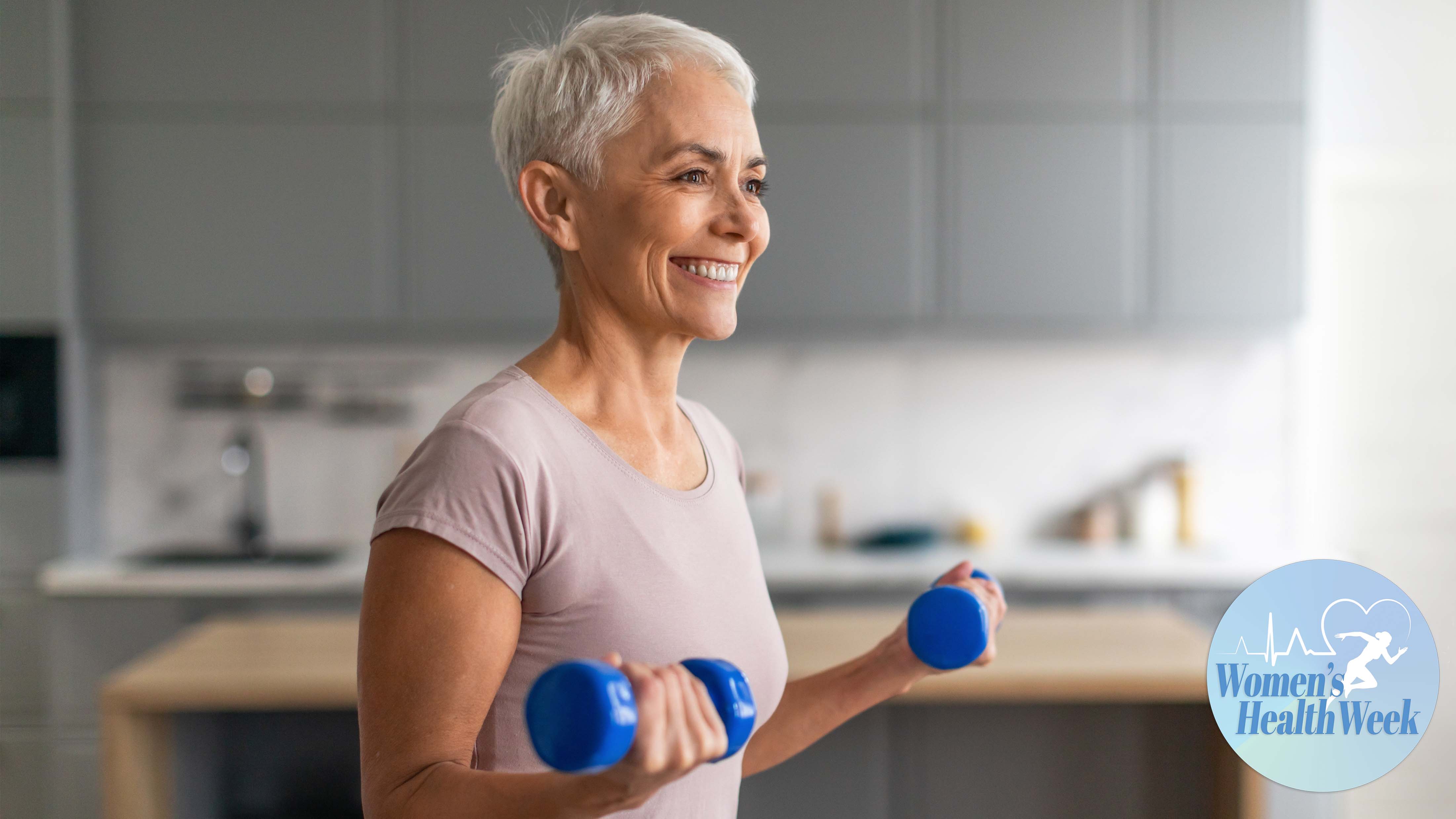
“Peak power!” Vegas says. "I love pushing my TRX training here — compound moves, circuits, athletic drills. You feel powerful, magnetic and your body responds.”
Ovulation occurs mid-cycle over a one to three-day window, with estrogen levels peaking and, according to MacRae, a “small surge” in testosterone. You can expect higher tolerance to endurance-based activity and energy levels boosted.
However, if you’re like me, ovulation can also make some people feel more sensitive, physically and emotionally. During ovulation, I’m deep in my feels, so it’s worth noting this if you’re similar.
Although limited, some data suggests that ovulation can couple with tendon laxity, potentially making women more susceptible to injury. Worth noting if you do plan to hit an intense workout.
During this phase, think about activities like kickboxing, bootcamps, heavy lifting and maximal strength efforts to squeeze the most potential out of your estrogen spike. Group activities are also a great way to exercise, as most women feel more sociable during ovulation. Social workouts can boost mood, help you feel connected and release endorphins.
Luteal phase (days 15–28)

As you pass through ovulation and into the luteal phase, there’s a drop in estrogen, followed by an increase in estrogen and progesterone, which peaks mid-luteal phase. During this phase, progesterone is the dominant hormone.
“It’s a fine line,” warns Vegas. “Some feel strong, others more inward. This is a good time to focus on form, core, lower-impact strength, or moderate cardio. If PMS hits, scale back. Don’t punish your body – support it,” she advises.
For some, there can be a return of the cramps, bloat and tiredness. Body temperature and heart rate may also rise, as found in a study into endurance capacity. During this phase, check in with yourself and only do what feels good.
While your endurance levels and motivation feel low, you might find heated environments more of a struggle (worth noting, hot yoga lovers) and fatigue sets in quicker. If you enjoy long runs or plan to compete in warmer climates, adjusting your schedule or training plan could be worthwhile.
“Estrogen takes a secondary rise and then gradually falls off in the late luteal stage. In the early luteal phase (right after ovulation), women may still feel relatively strong and energetic, but closer to the period, it is common to experience PMS…as hormone levels dip again before menstruation,” MacRae explains.
“Progesterone has a somewhat sedating effect compared to estrogen, and this can lead to reduced motivation. Intense exercise may feel harder than usual. This is the time to start dialing back the intensity and listening closely to the body’s signals.”
Think moderate activity like jogging or brisk hikes, and decreasing weight load while increasing reps. “This approach respects the body’s higher hormonal load in the luteal phase. When progesterone is high, exercise can feel like an uphill struggle.”
Dancing, boxing, Pilates, or shorter workouts are tried and tested exercise regimes to explore during this phase. Active recovery could also prime your body for when you feel more active and return to more intense forms of movement.
What are the benefits of exercising during your menstrual cycle?
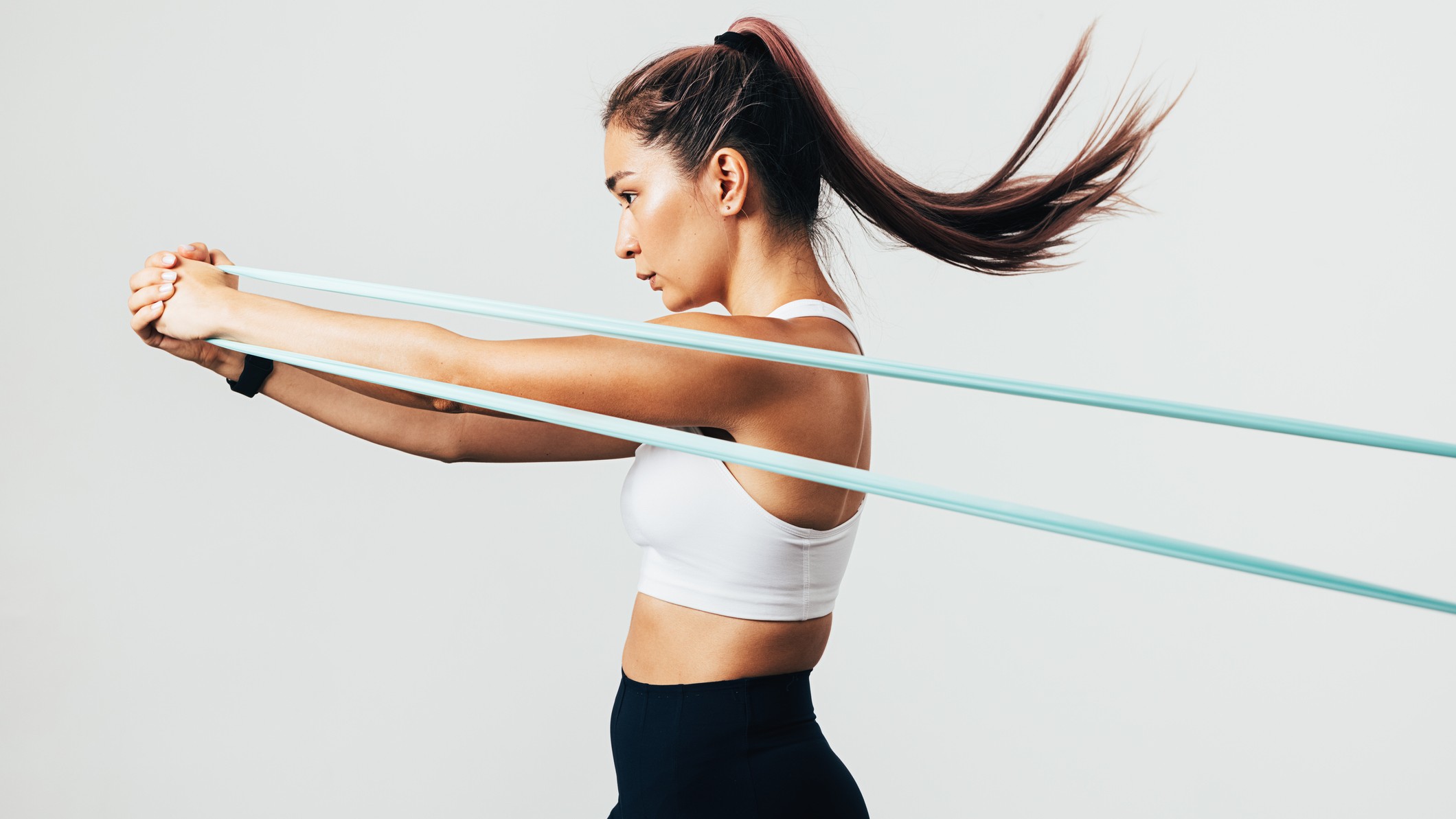
Exercising during your period can reduce cramps and bloating, boost mood and energy and help you reconnect with your body. Thankfully, there’s a whole world of exercise you can tap into, and developments in technology — namely, access to the best workout apps — open up many ways to explore different training principles, especially if you prefer to exercise at home.
During exercise, your body releases a natural painkiller hormone called endorphins. However, some people get hit harder than others during menstruation, so exercise cycling will help you optimize your plan, maximizing your potential during every phase. Just remember, movement shouldn’t feel like a punishment.
What are the drawbacks of exercising during your menstrual cycle?
As long as you listen to your body, there aren’t any, frankly. Remember not to force yourself if you need rest, as this can lead to injury, exhaustion and burnout. “It’s not about doing less — it’s about doing smarter,” says Vegas.
How to get started
Vegas recommends tracking your cycle and how you feel throughout. Focus on energy, strength, sleep and mood and look for any patterns that emerge over the months across each phase. “Build your workouts around this,” says Vegas.
“If you need guidance, start with a hybrid structure… strength, cardio and core for energy, mobility for balance and recovery. It's cyclical by design, so you don’t have to overthink it.” This is just an example, so do what works best for you and your lifestyle.
If you work with a personal trainer, ensure they ask about your cycle before you start working together. The best coaches should consider this standard practice when developing a training plan.
Yes, it’s personal, so don’t feel obliged to share information unless you feel comfortable. From your trainer’s point of view, they’re trying to help you avoid injury and training plateaus while maximizing your strength and endurance to optimize your plan.
Bottom line
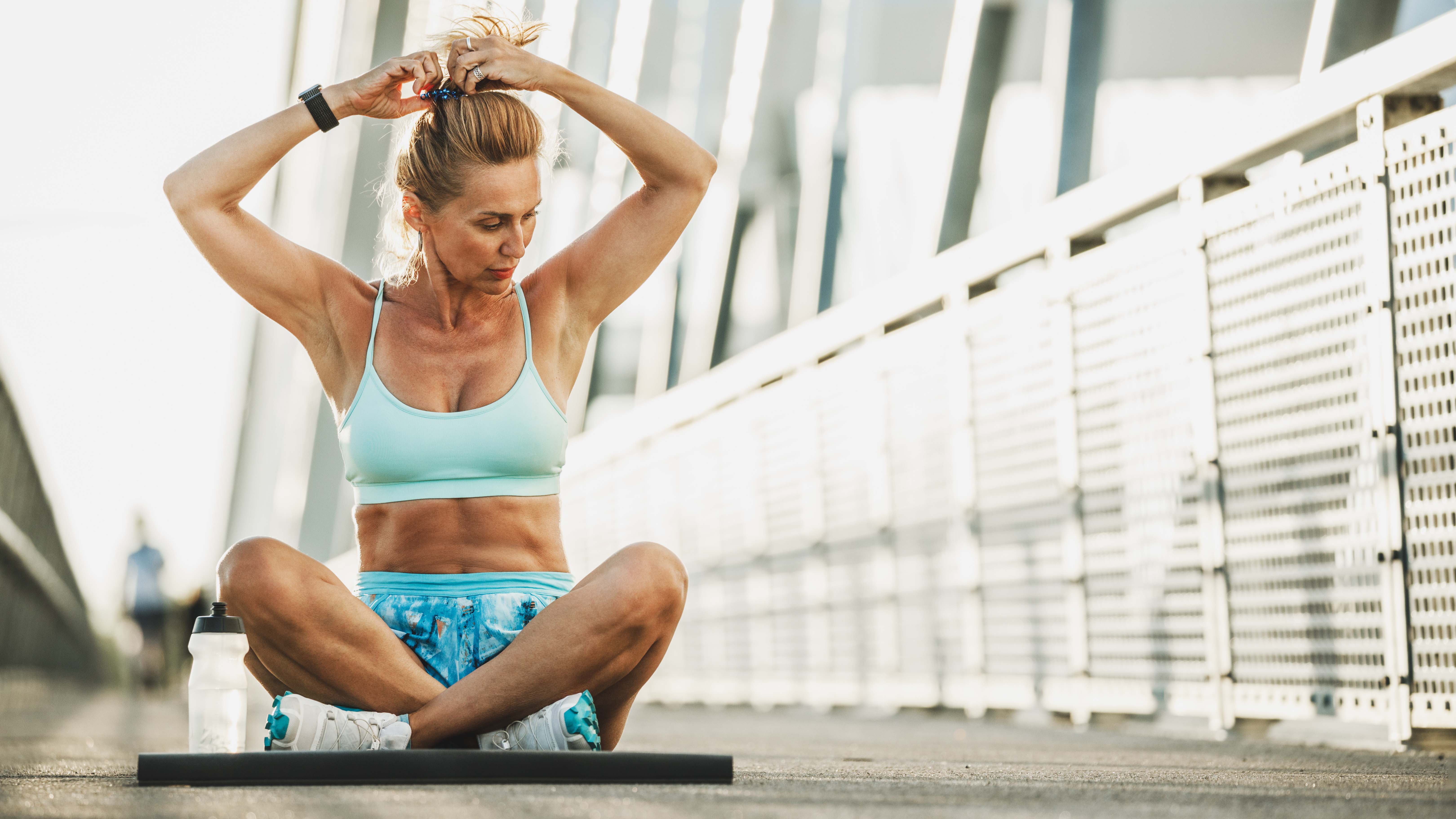
I’m not good with numbers, but I find statistics mind-blowing. When I read that PureGym had combined forces with NHS GP and women’s health expert Dr. Shireen, and conducted a study into the menstrual cycle, exercise and nutrition, I was excited.
The findings are fascinating and tell us we have a long way to go with female health and education.
For example, over three in five (62%) of women in the study say they have to stop exercising due to menstrual symptoms. One in three (35%) said (at the time of the study) they didn’t understand their cycle or the four phases of it.
More than 2,000 women were involved in the study, with seven in 10 saying exercise helps them manage their symptoms, but 76% find it difficult to do the same workout during different cycle stages.
Dr. Shireen says, “People who do (sync their workouts to their cycle) are more likely to feel satisfied after their workouts because they won’t have pushed themselves beyond their limits and will also have a better understanding as to why their performance may be suboptimal compared to other parts of their cycle.”

Dr. Shireen is a GP working for the NHS in London, who takes a holistic approach to wellbeing and is passionate about supporting her patients’ mental and physical health.
Dr. Shireen has a particular interest in women’s health and has regularly been featured in the news discussing relevant topics or providing advice to her followers on Instagram.
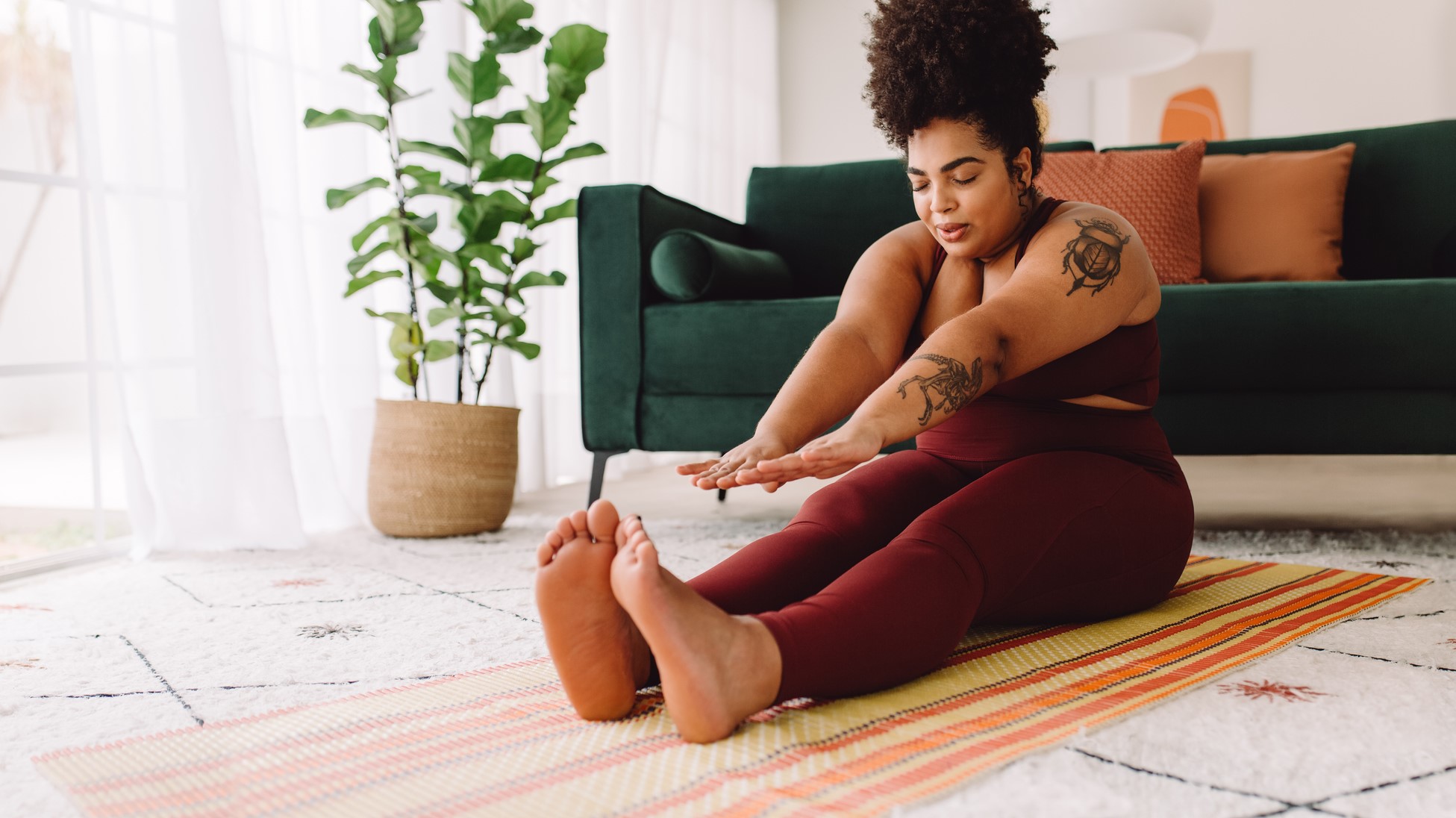
And those who do sync them see a benefit. 43% notice improved mood, and 37% find it helps manage menstrual symptoms. Plus, the younger generation appears more on top of cycle syncing than most, with 65% of 16-24-year-old females syncing compared with just 41% of those aged 25 and over, according to PureGym.
Most of us know that our food cravings also change throughout the month, with PMS associated with increased cravings for sweet or salty food. During the luteal phase, you might want high-fat, high-carb foods, but Dr. Shireen says to focus on fibre-rich carbs like sweet potato and butternut squash in the week before your period and avoid a low-carb diet.
As someone who will never turn down a potato, I'm delighted with this news.
“The stigmas around menstruation are breaking, and it’s great to see that the younger generation potentially feels more comfortable talking about their periods and tracking them,” concludes Dr. Shireen. “Women’s health is still poorly taught in our schools, and there is a huge gap in general knowledge around hormones, the menstrual cycle and how they impact our wider lives.
As the study shows, there is strong evidence to show that gentle exercise, along with other factors such as diet, a reduction in alcohol and stopping smoking, can help women to better manage their symptoms, with cycle syncing helping to take the positives a step further.”
Dr. Shireen recommends speaking with your doctor if you have concerns about your periods or feel unable to exercise during your cycle.
More from Tom's Guide
- How your period can affect your exercise performance, according to a doctor
- Does magnesium help muscle recovery?
- Apple's Cycle Tracking will change your life — here’s how it works

Sam Hopes is a level 3 qualified trainer, a level 2 Reiki practitioner and fitness editor at Tom's Guide. She is also currently undertaking her Yoga For Athletes training course.
Sam has written for various fitness brands and websites over the years and has experience across brands at Future, such as Live Science, Fit&Well, Coach, and T3.
Having coached at fitness studios like F45 and Virgin Active and personal trained, Sam now primarily teaches outdoor bootcamps, bodyweight, calisthenics and kettlebells.
She also coaches mobility and flexibility classes several times a week and believes that true strength comes from a holistic approach to training your body.
Sam has completed two mixed doubles Hyrox competitions in London and the Netherlands and finished her first doubles attempt in 1:11.
You must confirm your public display name before commenting
Please logout and then login again, you will then be prompted to enter your display name.
